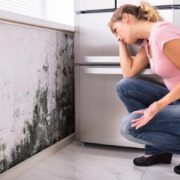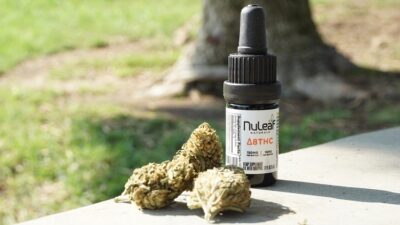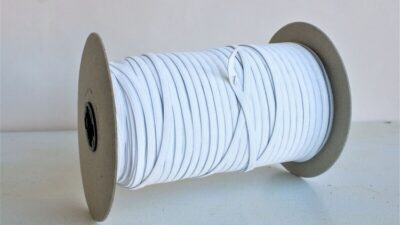Covid-19 has dramatically changed the face of contemporary life. Success in developing a vaccine may shorten the amount of time that the virus is with us, but many of the effects of Covid-19 on home design are long-term. We have become more conscious of the pervasiveness of germs and the speed at which viruses can spread. This means that more homes will be designed with cleanliness in mind, with more attention paid to antimicrobial building materials, surfaces and decor. In that spirit, it is important to look at a few materials which will help you design a cleaner, safer interior.
Among the most frequently-touched surfaces in the typical home, are handles, knobs, flooring, bathroom surfaces, kitchen countertops, and kitchen cabinets. Frequent cleaning remains important, but having these surfaces be anti-bacterial in nature is also vital.
Table of Contents
Flooring
Having antimicrobial flooring is a very smart thing to do. Many brands have lines of antimicrobial porcelain tiles which are often used for flooring and wall tiles. Antimicrobial porcelain tiles prevent the emergence of bacteria and other microorganisms because they are made with natural antifungal agents. For this reason, they are often used in the pharmaceutical, healthcare, and food and beverage industries.
Kitchens
Engineered quartz is one of the preferred materials in the making of antibacterial kitchen countertop materials. Engineered quartz is made from a mixture of natural and man-made materials, and has the look and feel of granite, marble and other natural stones. Each manufacturer tries to add a unique touch to their brand of engineered quartz and so you get a vast array of types of engineered quartz. Because it is scratch resistant as well as non-porous in nature, it prevents bacteria from settling on its surface, making countertop easy to disinfect.
Bathrooms
Given the amount of time we spend in the bathroom and the nature of activities there, the bathroom is among the most likely to be impacted by microbial growth. Showering in the bathroom produces heat and humidity, and bathing and shaving create a warm and moist environment that make most bathroom surfaces susceptible to microbes.
To combat the threat of microbes, manufacturers have explored various solutions, which are both aesthetically pleasing as well as safe from microbes and more usable. Walls and floor tiles are prime candidates for antimicrobial solutions. For example, tiles made with Microban technology are 99% resistant to germs and bacteria. These tiles come in a number of finishes that are aesthetically pleasing
Countertops
The nature of countertops means that kitchen and bar countertops are among the most frequently touched surfaces in the home and therefore, most liable to have germs and bacteria. Quartz countertops are antimicrobial and made of a composite blend of man-made and natural materials. You may have used an engineered quartz surface without realizing it.
Cabinets
There are antimicrobial porcelain slabs which can be used to make kitchen cabinets as well as other furnishings. They are a natural antimicrobial surface and prevent the growth of bacteria and can be used for bathroom and kitchen cabinets. Porcelain tiles are an example of this, and are an affordable solution to the problem of germs.
Learn more about redesigning and renovation of your beloved home, on this website: www.idreamhomez.com













Comments